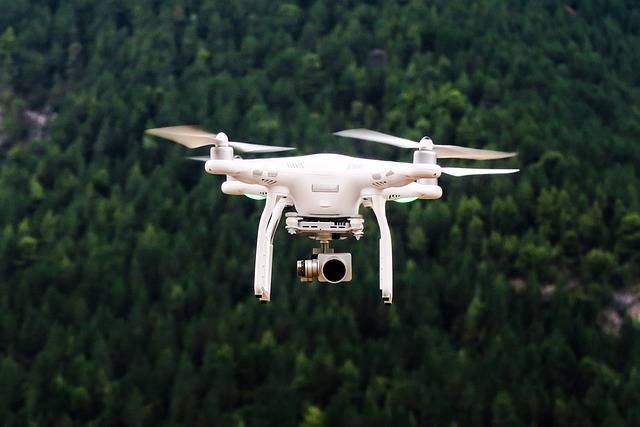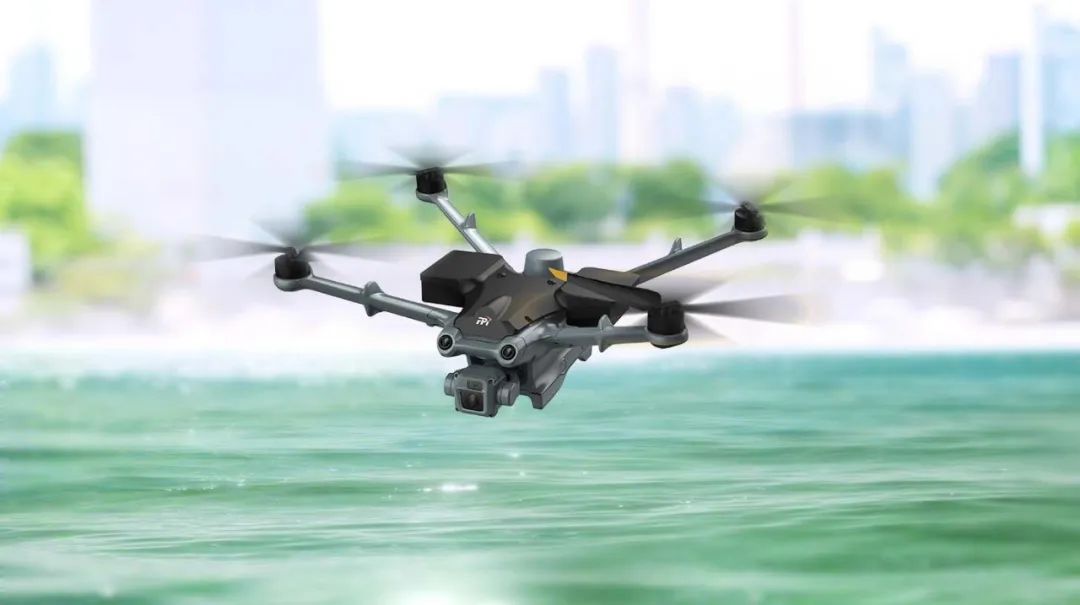Drones have swiftly become an essential part of modern technology, with applications spanning from commercial deliveries to stunning aerial photography. With the soaring popularity of drones, the need for drone remote ID systems has become increasingly critical. This technology promises to improve airspace safety by providing a method to identify and monitor drone activities in real-time. Remote ID is akin to an invisible license plate for drones, offering a layer of accountability and traceability. Let’s explore further how drone remote ID is transforming the airspace landscape.
What is Drone Remote ID?
Drone remote ID is a technology that allows users to identify drones operating within a particular airspace. This system broadcasts information such as the drone’s location, altitude, and operator details to pertinent authorities and devices. This identification process aids in establishing responsible usage of UAVs (Unmanned Aerial Vehicles), ensuring that those who operate them do so under compliance with regulations.
The Importance of Remote ID in Modern Airspace
With the increasing number of drones, airspace management has become more complex. Implementing a drone remote ID system helps mitigate potential hazards, preventing unauthorized or high-risk drone flights in restricted areas. This technology is pivotal for maintaining safe skies, particularly in congested spaces around airports, critical infrastructure, and urban environments.

- Safety and Security: Remote ID ensures that drones do not pose a risk to people or properties by flying undetected. Real-time data transmission acts as a deterrent for malicious usage.
- Accountability: Drone operators can be identified and held accountable if their drone is involved in illegal activities or accidents.
- Compliance: Enforcing airspace compliance becomes more manageable with remote ID, ensuring operators adhere to flight rules.
How Does Drone Remote ID Work?
Drone remote ID works by broadcasting identification and flight information from the drone to receivers, which can be other drones, mobile devices, or air traffic management systems. Technologies used may vary from Bluetooth, Wi-Fi, or other radio frequencies, depending on the range and requirements of the operation. The system essentially functions in two modes:
- Broadcast Mode: The drone continuously sends identification data to any receiver within range. This passive system doesn’t require an Internet connection, making it ideal for seamless integration into various environments.
- Network Mode: This requires the drone to transmit its data through internet-based services, enabling tracking over broader areas with detailed logs of flight paths.

The Future of Drone Remote ID
As drone technology evolves, regulations surrounding their operation will continue to advance. Drone remote ID is not just a safety measure but also a step towards integrating UAVs into the broader air traffic management systems. This harmonization will ultimately pave the way for more sophisticated uses of drone technology, including beyond visual line of sight operations and automated delivery systems. As of recent updates, countries are adopting different standards to develop this framework, and the emergence of universal protocols is on the horizon.
Frequently Asked Questions
- What are the penalties for not complying with remote ID regulations?
- Non-compliance with remote ID requirements can result in fines, drone confiscation, and legal action. Authorities are vigilant about enforcing these regulations to ensure safety in shared airspace.
- Is remote ID mandatory for all drones?
- Most regulations require drones above a certain weight to have remote ID capabilities. Hobbyist drones or those used in specific circumstances might be exempt, but this varies by jurisdiction.
- How can I ensure my drone is remote ID compliant?
- Check with your drone’s manufacturer for remote ID capabilities. Many drone models come equipped with this feature, and others can adopt add-on modules approved by aviation authorities.